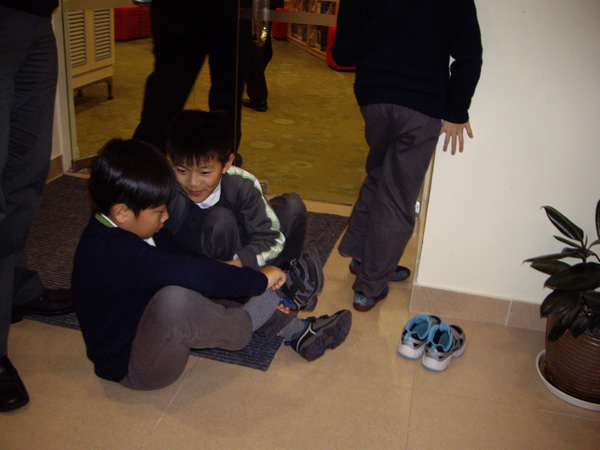The jury has left the room
Creating is very personal — close to the soul and perilously self-revealing. Those who are moderately successful at creating, people like published writers, performance musicians, and visual artists who are not starving, are generally articulate when asked how they go about their work. I have found some marvelous videos and interviews where people talk about how they go about painting or writing. Artist Kimberly Brooks spells out 8 stages to her painting process, concluding with:
(8) Resolution. Very elusive. The composer Aaron Copland said he didn’t finish compositions so much as abandon them. When it’s finally over, it feels like a whole relationship has ended. And then the anticipated rush of doing it all over begins again. [I love the concept of “abandoning” works at the end. Though cruel, it also implies that the work has a separate life of its own by this time.]
My bookshelves and Diigo account house an ever-growing collection of writers’ and artists’ discussions on how they create. I even have a few scientific analyses from adventurous experimenters explaining how innovations occurred in their lab. What I notice is that those who are willing to bare their process are already successful and therefore can talk about creating from behind a safe curtain labeled “success.”
If I were to ask, say — a teacher– how he/she creates things, I wouldn’t expect to hear as much. Most adults will pooh-pooh the idea that they are ever creative, much less open up about how it happens (if it happens). Having lived for decades in a culture where someone else defines creative success, usually by some sort of juried process, we adults assume the jury knows what they are talking about. So we only talk about our own creativity after receiving the jury’s blessing.
Enter the world of YouTube, web 2.0 tools, and public commenting. Enter a generation (or two or three) willing to spill their guts and show their mental underwear on Facebook.  Will this generation be more willing to talk about their own creative process after the “success” of publishing/performing/exhibiting wherever and whenever they want? Do they even view their electronically facilitated play as creative process? Are they/we driven to carry creative work through the stages that Kimberly Brooks and others describe? Or is a dropping left on the surface of the web just that: an abandoned, stillborn product? Are those who create with the toys of the web driven to return again and again, refining, remixing, even storehousing their discarded scraps for use another time? Can these tools be as powerful as any paint, word, or engineering lab? I think so. But I believe we need the creators to be aware of and talk about their process to reach a higher level, a sort of creative self-actualization (ugh, another old theory, you say…)
Will this generation be more willing to talk about their own creative process after the “success” of publishing/performing/exhibiting wherever and whenever they want? Do they even view their electronically facilitated play as creative process? Are they/we driven to carry creative work through the stages that Kimberly Brooks and others describe? Or is a dropping left on the surface of the web just that: an abandoned, stillborn product? Are those who create with the toys of the web driven to return again and again, refining, remixing, even storehousing their discarded scraps for use another time? Can these tools be as powerful as any paint, word, or engineering lab? I think so. But I believe we need the creators to be aware of and talk about their process to reach a higher level, a sort of creative self-actualization (ugh, another old theory, you say…)
I would love to work with some teachers and their students to find out more about creative process among today’s middle and high school kids. But first we need the teachers to recognize creative process in themselves. As I said in a recent post,
Teaching is a blessedly creative process, if we allow it to be. We sculpt a product — a plan for learning. We try it, revise it, tear it apart, remix its pieces, and try it again.
Talk about it. I dare you to ask your colleagues in the faculty room about their latest creative accomplishment.













